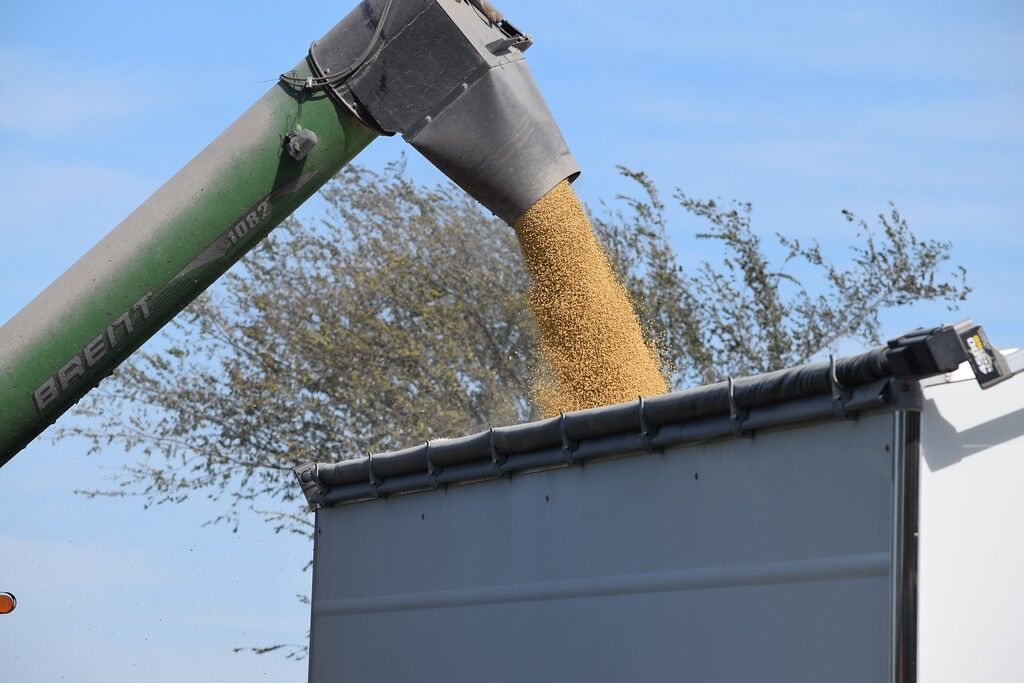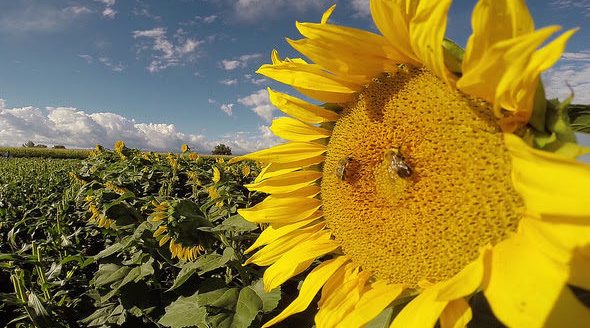As drought took the Mississippi River down to historic record lows and affected the Ohio River this harvest season, United States grain export numbers in the Great Lakes experienced a bump.
On Oct. 18, the Great Lakes Seaway Partnership reported U.S. grain shipments through the St. Lawrence Seaway system through September stood at 689,000 metric tons—an increase of 41.24% over the same period in 2021.
“September’s tonnage report re-affirms that the Great Lakes St. Lawrence Seaway System is a reliable shipping corridor enabling U.S. growers and producers to feed the world,” said Jeff Scharf, acting deputy administrator, Great Lakes St. Lawrence Seaway Development Corporation. “With a busy few months remaining in the 2022 season, we’re confident that our Great Lakes ports are ready to finish the year strong.”
World-grain.com estimated that U.S. Great Lakes ports traded with at least 15 countries during September, compared to 23 in August, and said “the numbers show that the Seaway system continues to provide a reliable global shipping route for agricultural products.”
Return to normalcy
According to Steve Fisher, executive director of the American Great Lakes Ports Association, the improved grain export numbers reflect a return to normalcy rather than any permanent change in trade flows.
“Last year, the Great Lakes draw area for export grain had a bad harvest. This year, we are seeing grain export numbers return to a more normal level,” he told Great Lakes Seaway Review. By last September, the U.S. had moved 488,000 tons of grain through the Seaway; this year at the same time it’s 689,000.
To put those numbers in context, though, Fisher points out that Canada sent 4.24 million tons of grain through the Seaway this year, compared to 5.32 million last September year-to-date.
Potash numbers
The numbers that interest him more are the potash export numbers from Canada. “Potash is way up as an export out of the Lakes,” he said—by 261%. “Something is drawing potash through the system, and while this is speculation, it’s hard not to conclude that it has something to do with the situation in Russia and Ukraine.”
Canada is the world’s largest producer and exporter of potash, with reserves of 1.1 billion tons and annual exports of 14 million tons. But Russia and Russian ally Belarus are the world’s second and third-largest exporters, controlling 40% of the world supply together. Russia is the world’s top fertilizer exporter overall. The U.S. and European Union have imposed economic sanctions on both Belarus and Russia that could hamper their potash exports
David Murray can be reached at [email protected].




